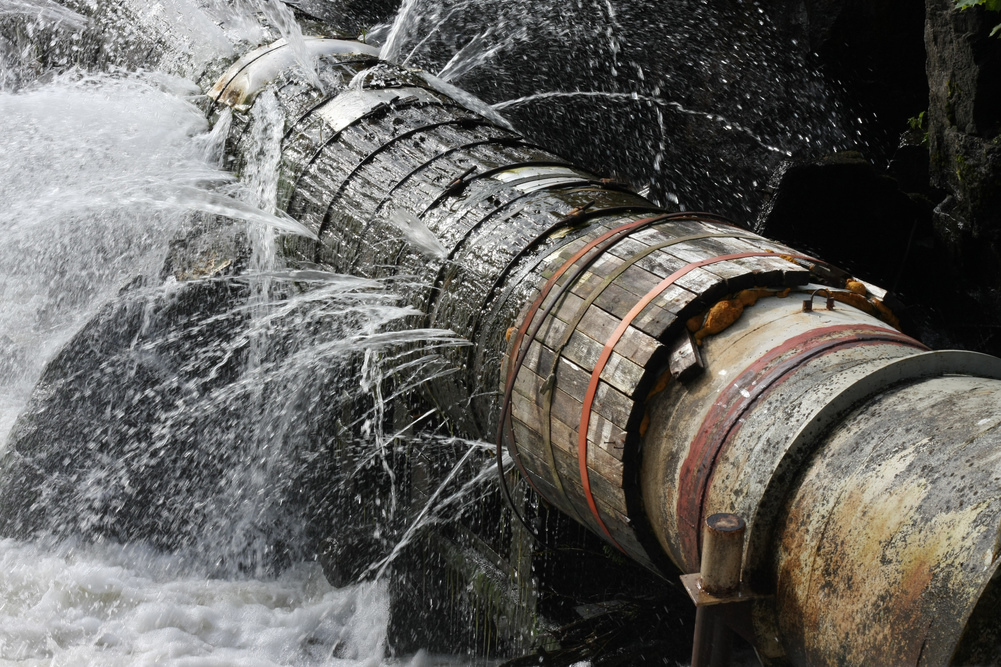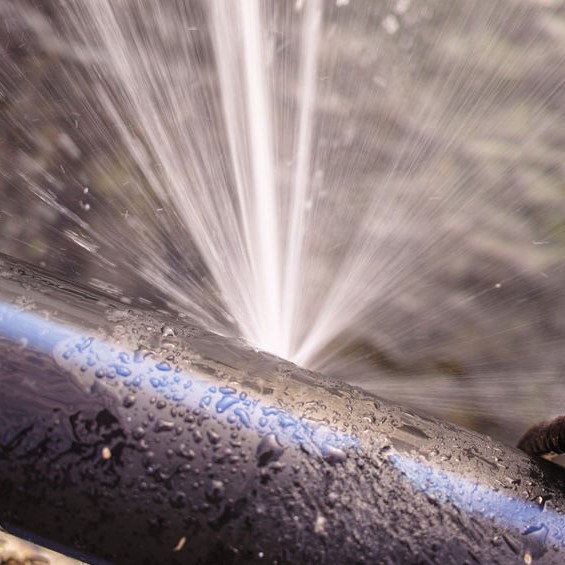We've stumbled on this article involving The Do s And Don ts After Water Damage directly below on the web and thought it made sense to talk about it with you in this article.

What should you do if a pipes bursts in your residence, developing a mini-waterfall and also swamping a location of your house? In this circumstance, you have to act quickly. The longer you wait, the extra extreme the water damage in your property. When an emergency like this takes place, presence of mind is vital. For these factors, you need to learn what to in case of a burst pipes. Due to the fact that time is of the significance, check out the following tips below to help you act quick.
Shut Off the Key Waterline Shutoff
The first thing you need to do is close the shut-off shutoff. Look for the regional shut-off shutoff to turn-off water in one details area only. You have to turn-off the major waterline shutoff if you do not understand where the local shut-off valve to the component is. This will cut off the water in your entire residence. Usually, the primary valve is found outside the house beside the water meter. You can likewise locate it in the basement at an eye-level or it can be in the First floor on the ground if it's not there. Commonly, building contractors however the shut-off valve generally ground level restroom or best alongside it.
Call Water Damages Reconstruction Pros for Help
After shutting the water source, call the pros for help. With their expert help, you can minimize exacerbation because water can leak with your points resulting in distorted baseboards, loose ceramic tiles, or damage structure.
Paper the Damages For Insurance policy
As you are waiting for the pros to get here, record the damage triggered by the wayward pipeline. Remaining aggressive with this enables you to file a claim for coverage, which will aid you as well as your family get back on your feet.
Recover Things That Can Be Saved
As soon as you're done taking pictures, peruse the items and take out one of the most essential ones from the pile. Dry them off and also attempt to protect as high as you can. Drag them far from dampness so they can begin to dry out.
Start the Drying Process
While waiting for the pros, you can begin the drying process. The good news is, water from your waterlines are tidy so you do not need to stress over drain water. Nevertheless, the streaming water may have disrupted the dust and particles in your floorboards and also carpetings. So be prepared with handwear covers as you make use of buckets to discard out the water. Then, blot out as long as you can with old towels. You can likewise turn on an electrical follower or open home windows to promote air circulation. This will certainly speed up drying as well as deter mold and also mildew growth.
Experts are the only ones qualified to take care of the burs pipelines and succeeding damages. And also keep in mind, pipes don't simply suddenly ruptured. You will normally see red flags like bubbling paint, weird noises in the plumbing, musty odor, caving ceiling, peeling off wallpaper, or water discolorations. Focus on these things, so you can nip any kind of issues in the bud.
What should you do if a water pipe ruptureds in your residence, developing a mini-waterfall and swamping an area of your house? For these factors, you need to discover what to in instance of a ruptured water pipe. After shutting the water resource, call the pros for aid. With their expert assistance, you can mitigate exacerbation since water can leak with your points resulting in warped baseboards, loose tiles, or damage structure. Luckily, water from your waterlines are tidy so you do not have to stress concerning sewage system water.
Steps to Deal with a Burst Pipe and a Flooded House
Disconnect your electrical
To prevent electrocution, make sure the electrical systems in your home are turned off. Do not wade into standing water with the power on. If water is blocking your path to your breaker box, look for a main shutoff on the exterior of your home or call an electrician.
Stop the source of the flooding
If your flooding is caused by a burst pipe or valve rather than an act of nature, it should be fairly easy to stop at its source. Just turn off the main water shutoff valve. Some homes have a valve located near where the main water line enters your home, while other homes have a valve attached or adjacent to a water meter, which is sometimes buried near the street.
Call your insurance company
Your water damage will most likely be covered under your homeowners insurance policy. The first step to start the claims process is to call your insurer to let them know about the situation. To make sure that your claim is successful, ask your insurer whether a claims adjuster needs to visit your home to document the damage before you begin the cleanup and repair process, or if your photos of the damage will suffice.
Document everything
No matter what your insurer says, it's always a good idea to carefully document all the water damage to your home to assist with your insurance claim. Simply take photos and videos with your phone and make note of everything the water touched, including your possessions and the structure of your home itself.
Remove standing water
If the water is primarily in your basement, and you have a floor drain, you may be able to use a squeegee mounted on a handle (pick one up at any hardware store) to push water to the drain, or use a mop and bucket. With most of the standing water removed, use a wet-dry vac (make sure to remove the filter for dry vacuuming) to start removing water from harder-to-reach areas.
Start drying out your home yourself
While you are waiting for your contractor to get started, you can begin the process of drying out your home by following these steps: a) open your windows to let moist air escape; b) start as many dehumidifiers as possible; c) cycle your HVAC system between heating (to 80 degrees) and cooling (to 60 degrees), which pulls moisture into the air and then removes it. You can rent industrial-size blowers and dehumidifiers to speed up the drying process.
Prevent mold and mildew caused by water damage
The damage to your home and property is only half the battle. If not properly dealt with, water damage can have farther-reaching effects on your home and health in the form of toxic mold and mildew. In fact, these secondary effects are often worse than the initial property damage, so it's important to take them seriously and dry out the affected areas as quickly as possible. If a surface can't be dried quickly, it should be removed and discarded. If you are working with a water damage cleanup company, they will have the proper equipment to dry out your home. If you are cleaning up the water damage yourself, be sure to educate yourself on how to remove and repair wet drywall and insulation, as well as flooring.
https://www.crddesignbuild.com/blog/10-steps-to-deal-with-a-burst-pipe-and-a-flooded-house

As a devoted reader about What To Do And What Not To Do When Dealing With Water Damage, I was thinking sharing that piece of content was a good thing. Enjoyed reading our content? Please share it. Help other people find it. I am grateful for your time. Come back soon.
High-quality, fast plumbing repairs.